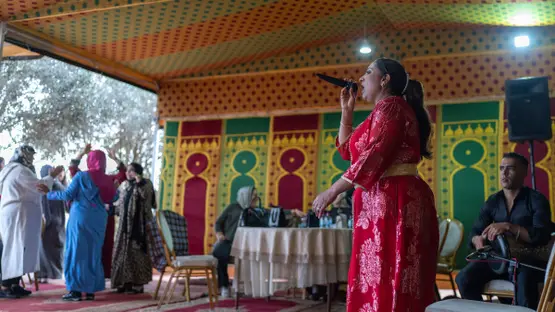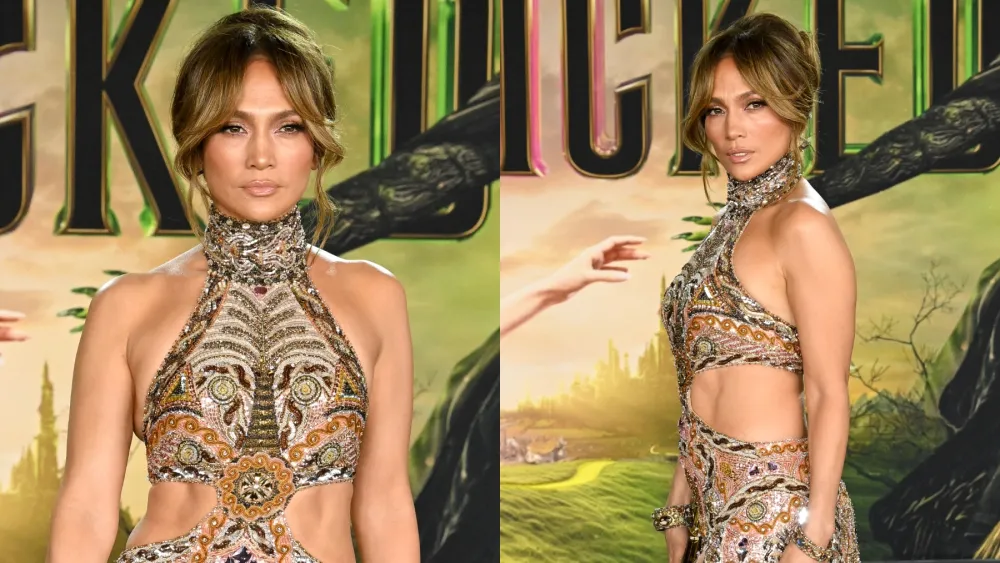Moroccan folk singers play a crucial role in bridging cultural gaps and keeping traditional music alive. These artists not only preserve their cultural heritage through captivating melodies, but they also push boundaries by incorporating contemporary elements into their performances. This unique blend showcases how Moroccan folk music is evolving while still maintaining its roots, ensuring that the traditions are passed down to future generations.
The power of music to unite is evident in the barrier-breaking efforts of many renowned Moroccan folk singers. They often engage with various communities, fostering a sense of togetherness and understanding through their craft. By performing in diverse languages and styles, these singers have effectively brought Moroccan folk culture to a global audience.
As we delve deeper into the rich history of Moroccan folk music, we discover that it reflects the country’s diverse influences, including Arab, Berber, and African traditions. This rich tapestry of sounds not only resonates within Morocco but has also gained recognition on international stages, highlighting how Moroccan folk singers are inspiring others to celebrate their roots.
Today’s Moroccan folk singers are not just keeping a tradition alive; they are redefining what it means to be a folk musician in a modern world. By combining traditional instruments with contemporary genres like pop and hip-hop, they create a vibrant and exciting musical landscape. This adaptability illustrates the impact of folk music in shaping modern Moroccan society and breaking down cultural barriers.
These artists serve as a reminder that music is a powerful tool for storytelling and cultural expression. By continuing to perform and innovate, Moroccan folk singers are ensuring that their rich traditions are not only preserved but also celebrated in new and dynamic ways.
The Historical Roots of Moroccan Folk Music
The essence of Moroccan folk music lies deeply embedded in the country’s rich history and diverse cultural influences. The rhythmic beats of this music genre echo the traditions passed down through generations, showcasing the unique Moroccan Folk Singers who have skillfully maintained these art forms. Moroccan folk music has evolved from various ethnic groups including Berber, Arab, and Saharan influences, each adding their distinctive tone and flair to the musical landscape.
Historically, Moroccan folk singers have been the custodians of oral histories, often performing during communal celebrations and rituals. Their songs narrate tales of love, loss, and the beauty of life, which resonate with the sentiments of the Moroccan people. The cultural heritage embodied in these melodies reflects the nation’s struggles and triumphs, helping to foster a sense of identity among listeners.
In rural areas, traditional music has served as a critical means of expression, illustrating the everyday lives of the communities. Instruments like the guembri and the rondeau have become synonymous with this genre, creating sounds that are distinctly Moroccan. In blending storytelling with music, Moroccan Folk Singers capture the essence of their culture, allowing for the continuation of these practices even in modern society where globalization is prevalent.
As contemporary musicians draw inspiration from these historical roots, they contribute to the ongoing evolution of Moroccan folk music. This fusion of traditional and modern styles not only honors the past but also attracts younger audiences, ensuring that the rich tapestry of Morocco’s cultural heritage remains vibrant and relevant.
How Moroccan Folk Singers Are Preserving Cultural Heritage
In a country rich with history and vibrant traditions, Moroccan folk singers play a pivotal role in preserving cultural heritage. These artists not only entertain but act as custodians of the nation’s diverse and intricate customs. From the soulful melodies of the Moroccan folk music genre to the rhythmic beats of traditional instruments, these singers keep alive the stories and values of generations past.
The passion of Moroccan folk singers for their art is evident in their performances, which often incorporate local dialects and traditional attire. By doing so, they create a lasting connection between the past and present. This dedication ensures that younger generations are exposed to their roots, allowing them to appreciate and embrace their identity. Furthermore, as many singers venture into modern interpretations of folk music, they broaden the audience’s reach, breaking down barriers of language and cultural differences. This fusion of traditional and contemporary elements contributes to a growing interest in Moroccan folk music, both locally and internationally.
Moreover, the work of Moroccan folk singers serves as a reminder of the country’s diverse cultural tapestry. Through festivals, concerts, and community gatherings, these artists bring people together, fostering a sense of belonging and unity. As they sing songs that recount tales of love, struggle, and resilience, they highlight the importance of community ties and shared history, proving that music is a powerful vehicle for cultural transmission.
In essence, Moroccan folk singers are not just entertainers; they are vital proponents of cultural preservation. Their passion and creativity play an integral role in keeping the spirit of Morocco alive, ensuring the beauty of its traditions resonates for generations to come.
Practical Ways Folk Music Influences Modern Moroccan Society
Folk music is an integral part of Moroccan culture, serving as a vibrant tapestry that weaves together the nation’s rich history and diverse communities. Through the melodies and rhythms of traditional songs, Moroccan folk singers not only entertain but also play a pivotal role in preserving the nation’s cultural identity. The influence of this genre stretches beyond mere entertainment; it actively shapes social values, community cohesion, and even political movements.
One of the strongest influences of folk music in modern Moroccan society is its role in storytelling. Through their songs, Moroccan folk singers convey the history and challenges of their people, often addressing themes such as love, resistance, and social justice. These narratives resonate with listeners, fostering a sense of unity and shared experience among diverse audiences. For instance, popular folk songs often draw upon traditional stories that reflect the realities of contemporary life, reminding listeners of their collective heritage.
Furthermore, the live performances of Moroccan folk singers create a sense of community and belonging. Events such as weddings, festivals, and social gatherings often feature folk music, where people come together to celebrate their shared cultural roots. In these settings, music acts as a powerful medium for reinforcing identity and tradition, encouraging younger generations to understand and appreciate their heritage.
The rhythmic beats and captivating melodies of folk music also influence the modern Moroccan music scene. Contemporary artists frequently incorporate traditional elements into their music, bridging the gap between the past and the present. This fusion not only revitalizes Moroccan folk traditions but also pushes the genre into the global music arena, showcasing its richness to international audiences.
Examples of Barrier-Breaking Moroccan Folk Singers
The rich tapestry of Moroccan folk music is woven with the threads of tradition and innovation, thanks to the remarkable talents of various Moroccan folk singers. These artists are not only preserving their cultural heritage but are also breaking barriers that have traditionally confined their art. One prominent figure is Moulay Ahmed El Hassani, who combines traditional Berber rhythms with contemporary styles, thus reaching a broader audience and showcasing the versatility of Moroccan music. His songs explore themes of identity and community, resonating with both local and international listeners.
Another trailblazer is Oum, a celebrated singer-songwriter who fuses Moroccan folk with jazz and soul influences. Through her powerful vocals and poetic lyrics, she highlights social issues while keeping traditional sounds alive. Oum’s ability to blend genres illustrates the adaptability of Moroccan folk music, ensuring its relevance in modern society.
Saad Lamjarred is another example, known for his energetic performances that incorporate elements of Moroccan chai music and pop. He has successfully garnered a global fanbase, proving that traditional influences can thrive in contemporary settings without losing their essence. Lamjarred’s work encourages a new appreciation for Moroccan folk traditions, making them accessible to younger generations.
These artists exemplify how Moroccan folk singers can defy cultural boundaries while honoring their roots. Their contributions are vital not only for the promotion of Moroccan culture but also for inspiring future generations to embrace their heritage with pride.


